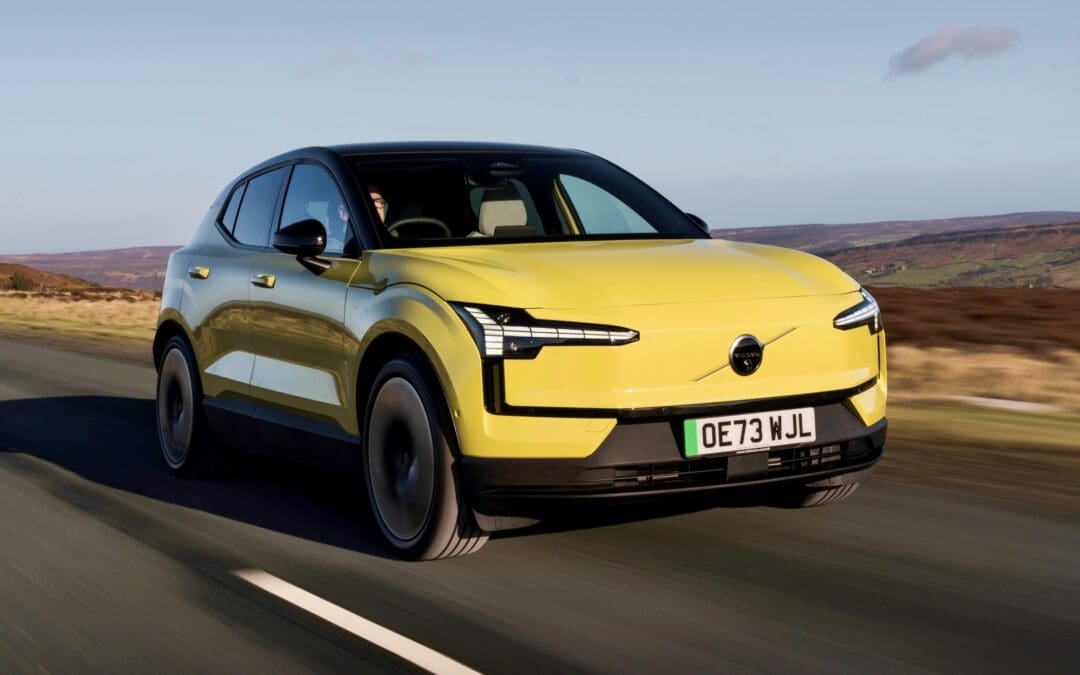It’s green for go
The green flash on UK number plates is going to appear on more pure battery vehicles cars this year than ever before and some of the cars behind the plates are not run of the mill models but bursting with performance. potential.
British motorists can enjoy more battery electric vehicle choice today than ever before, with 29.3% of models on the new car market available as zero emission, according to new analysis by the Society of Motor Manufacturers and Traders.
There are now some 102 battery electric models to choose from, up from just 16 in 2014, demonstrating the massive industry investment in new electrified technologies to drive the transition to clean transport and net zero.
Zero emission options are available in every car segment – from superminis to compact crossovers, luxury saloons and sportscars – with the choice set to grow still further thanks to a slew of electric model launches in the coming years. While major automotive manufacturers, and major nations, are committed to zero emission transport, the UK is playing a leading role as Europe’s second largest new electric car market by volume, with the number of zero emission cars on UK roads rising to a record 960,896 in 2023, and the used BEV market motoring to a new high in the first quarter of this year.
So far in 2024, demand for new BEVs is up 10.6% with more than 100,000 motorists making the switch to a new EV, enjoying battery range fit for today’s motorists. Thanks to significant investment into R&D, the average BEV range is now 236 miles, rising to nearer 300 for models launching this year. Indeed, some variants already on sale have maximum battery ranges in excess of 450 miles, more than three times the average distance drivers travel in a week.
With range anxiety moving into the rear-view mirror, the advantages of going electric are clear. Drivers able to charge at home can benefit from low-cost motoring and convenient charging, waking up every morning with a full ‘tank’ at a cost of as little as 8p per mile.
BEVs benefit from cheaper servicing too, having fewer moving parts than their combustion engine equivalents, and offer a quiet and responsive drive. Nine in 10 electric car drivers say they wouldn’t go back to a conventionally fuelled vehicle and, with manufacturers offering compelling discounts on the latest BEVs, the time to switch has seldom been better.
Despite industry’s best efforts, the market has plateaued so far this year with more than eight in 10 car buyers still choosing other powertrains – mostly petrol or hybrid. Manufacturers, meanwhile, are compelled to sell ever greater numbers of BEVs under the government’s Vehicle Emissions Trading Scheme. While flexibilities in the early years mean manufacturers can meet their brand targets through different means, long term success depends on a growing market built on strong demand, especially from private buyers.
Addressing the main barriers to greater uptake, in particular, affordability and charge anxiety with measures to lower vehicle costs and improve the UK’s charging network, are essential. Providing private buyers with a similar level of fiscal incentives as those enjoyed by fleet and business buyers would help drive take-up.
Temporarily halving VAT on new BEV purchases combined with cutting the VAT on public charging from 20% to 5% in line with domestic use would drive demand, putting over a quarter of a million EVs on the road instead or petrol or diesel cars.
In addition, altering the threshold for the Vehicle Excise Duty ‘expensive car’ supplement – due to apply to EVs from April 2025 for models with a list price of £40,000, which would likely capture more than half of the BEV market – would show that BEVs are necessities not luxuries, and send a further signal to the market that now is the time to switch.
“Manufacturers are delivering on their promises to drive down emissions and bring ever more electric car choice to consumers. More than 100 models are now available across every segment – a six-fold increase on 10 years ago – showing the pace of change”.
Mike Hawes, SMMT Chief Executive, said,
“The industry can only do so much on its own, however, and if we are to make EVs open to all and drive the net zero transformation we all need, further support is required. It’s time to reform taxes on these vehicles, to make public charging more affordable, quicken the pace of chargepoint rollout and, put to bed some of the myths about these crucial vehicles. They are the future and they’re available now.”
Action is also needed on infrastructure, with greater nationwide chargepoint installation essential for consumer confidence. While last year saw more chargepoints installed than ever before, there is currently just one standard charger available for every 35 plug-in cars on the road – a negligible improvement on 2022 when the ratio was one for every 36.
Passenger cars are leading the way in the decarbonisation of Britain’s road transport, but manufacturers are also investing in zero emission technologies for light vans, heavy goods vehicles and buses. There are now more than 25 models of electric van, 14 models of zero emission, including hydrogen, buses – the UK the leading European market for these models – and some 20 models of electric truck available in Britain.
We used the annual SMMT Test Day to evaluate some of the latest hybrid and electric cars and found gaps still exist between the best and worst.
Let’s start with something new and coming very soon to 60 UK dealers, mostly well established businesses with a strong customer base, and that’s the Chery Omoda brand from, who else but China’s biggest car exporter which has worked with JLR. There will be two versions of their Ford Puma-sized Omoda hatchback, the Comfort from about £24,000 and the slightly better equipped Noble beginning at £25,800, which have 186ps 1.6 petrol engines and seven speed dual clutch automatic transmissions.
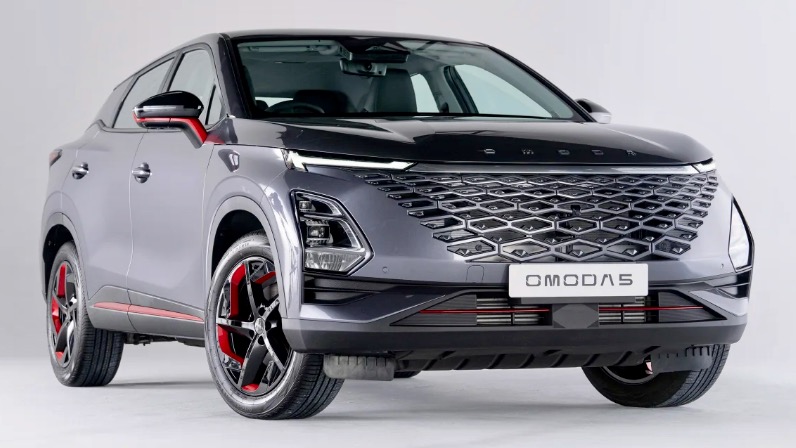
They will be joined by the Omoda E5 BEV, again in Comfort and Noble specifications from £32,500 with about a 250 miles range, next year but this autumn we should see the larger Jaecoo 7 people carrier, aimed at those who may have been thinking of an Audi Q3 but priced in the mid-£30,000 sector.
The hybrid Omoda 5 Comfort we briefly drove was extremely roomy inside, looked well finished, highly equipped and proved exceptionally quiet. At these prices the newcomers will be very serious challengers to established crossover models from European makers and with good UK dealers and overnight parts deliveries through DHL they will make a significant impression.
You may recall the GWM Funky Cat we drove after its introduction last year, well that’s evolved one of its lives into the Ora 3 hatchback and this by the end of the year should be joined by the coupe styled Ora 7, built on a new platform which will gradually evolve with sporting and 4×4 models. Ora 3 is very well made and are being rolled out through 30 customer service points with another being added each month on average.
Perhaps something more familiar, the MINI Cooper SE, has both a more powerful electric motor and a bigger battery and has 218hp, good for 0-62mph in just 6.7 seconds, but can still travel up to 250 miles on a charge, an improvement over the first MINI ev. The performance is very eager, quick and endowed with great roadholding but it also must rank as one of the most stylish of the ev-breed, both externally and inside where a really big round fascia screen dominates and performs a multitude of functions. The electric MINI series goes from about £30,000 to £42,500.
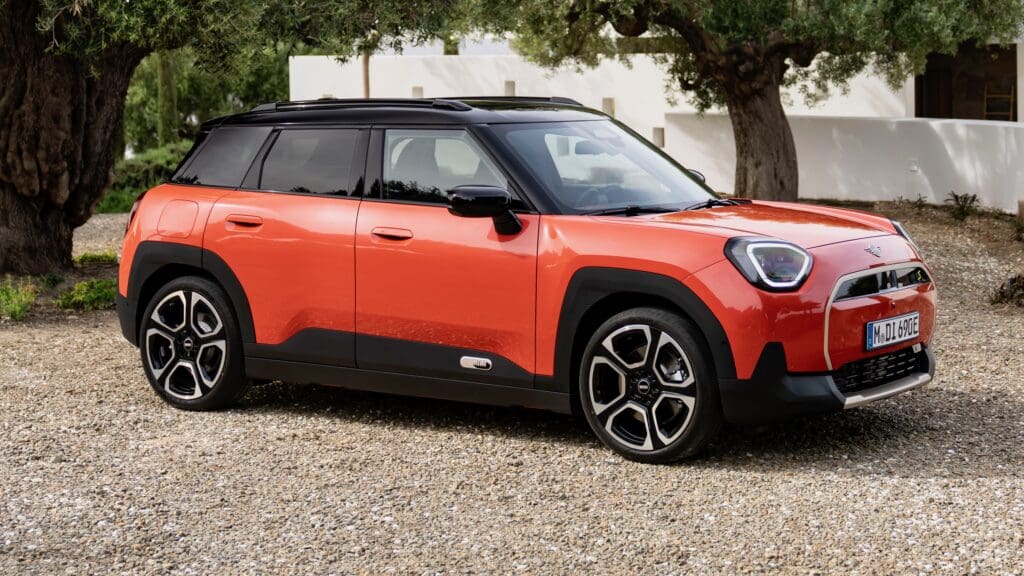
Also familiar to UK buyers and in particular motor-sport fans, Hyundai, is setting out to corner the performance sector of the new ev market with its highly technical, highly equipped, highly enjoyable 4×4 Ioniq 5N. It costs a whopping £65,000, but that’s less than the Ford Mustang Mach-E.
This really rapid 650hp hatchback with electric motors each end to give 4×4 grip hits 60mph from rest in 3.4 secs and has a maximum speed of 162mph and up to 278 miles is atested, but it also comes with selectable ‘engine’ sounds to trick you into thinking its actually a petrol model.
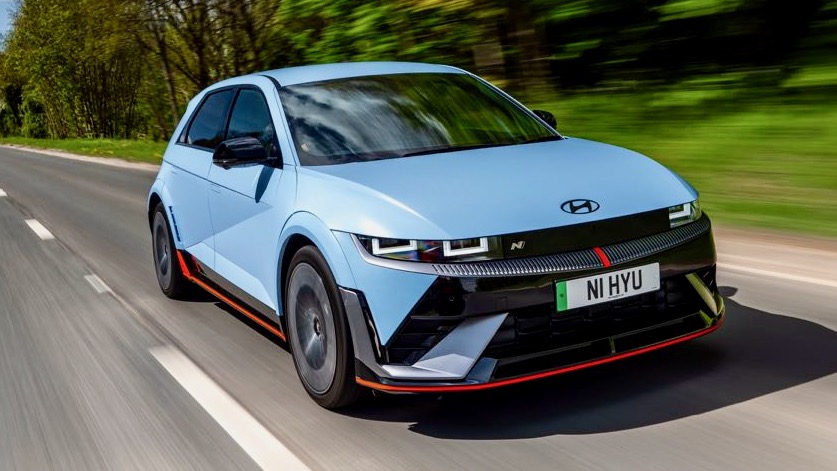
It looks bigger than it is, is very roomy throughout and its handling is so enjoyable and failsafe while it comes with a surprisingly high degree of ride comfort helped by some seriously padded seats.
Although coming from the SsangYong dynasty, the KGM Motors Torres EVX K40 is really a road-focused EV with a very stylish cross-over appearance and a 73.4Kw battery developed by BYD for its cars and said to be good for 287 miles, 8.1 secs to 60mph and 204bhp electric motor. The small range beginning with the mechanically identical but less well equipped K30 costs between £44,500 and rises to £47,500 approximately for the K40.
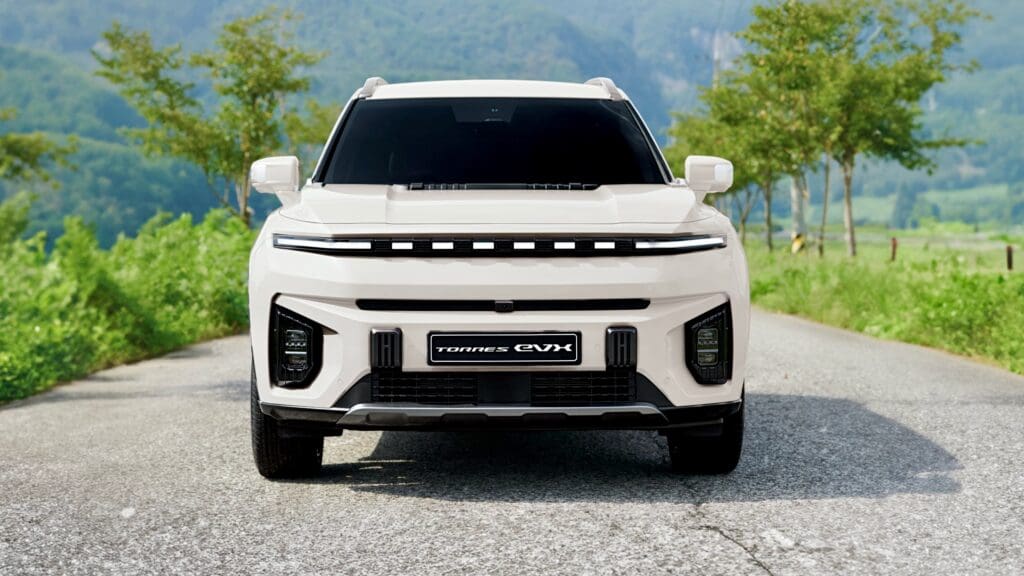
The Torres EVX K40 rides reasonably well and has predictable safe handling, good equipment level but the steering may be a bit vague for some. Interestingly the traction battery has a warranty of up to 620,000 miles on top of the KGM 5yrs/ 100,000 miles warranty, and that has to be a good vote of confidence for purchasers.
Another familiar name, Volvo, put its EX30 up for review with twin motors and this is the fist new generation model designed from the ground up to be an ev. It immediately strikes anyone familiar with the larger Volvos of old how smaller or more compact is the EX30. But that Swedish design style is there, in a restrained and eye-pleasing form throughout.
The single-motor 200kW version costs about £33,800 and rises to begin at £41,000 for the 315kW twin we tested.
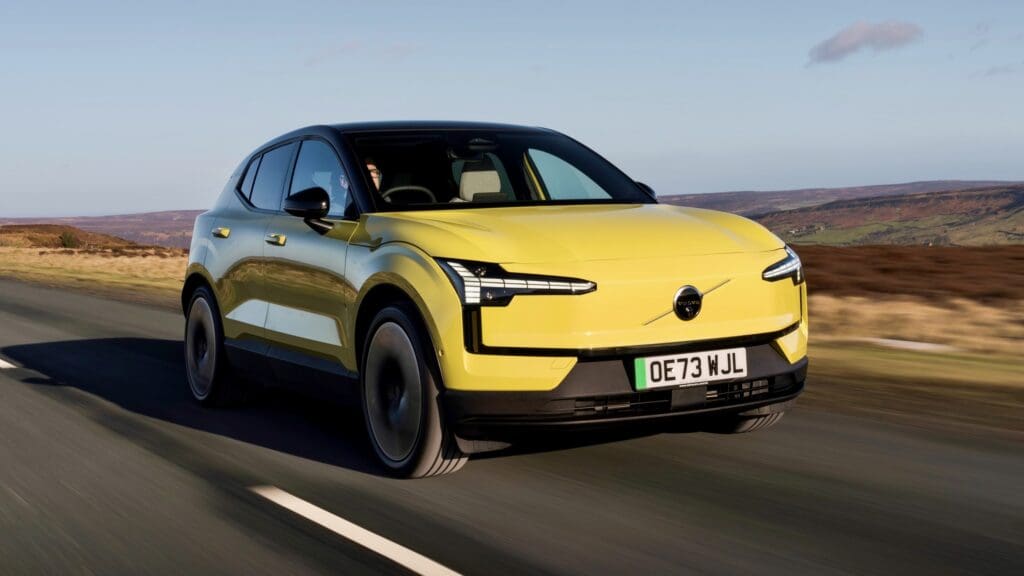
Everything is minimalistic and you don’t even have a starter button, that’s activated by your bottom on the driver’s seat, and you simple select forward or reverse and you’re away. It was smooth, reasonably quick but had more road noise than expected and the rear legroom and bootspace were modest.
Volvo has long built a reputation on safety and the EX40 comes with a suite of features to proactively protect the occupants but I found it disconcerting when the system identified a roadside tree as a threat and steered the car away while simultaneously braking before a bend.
The Fiat brand has built a reputation on small & affordable cars and put up the newer 600e available alongside the much smaller 500e, which is really a rushed development of their petrol city car. Contrasting with the 130bhp 600e and its three power modes giving adequate performance with good ride comfort and room for four from £32,200, the Fiat 500e was very disappointing in terms of stiff controls, little room and very sluggish performance for between £28,200 and £34,200.
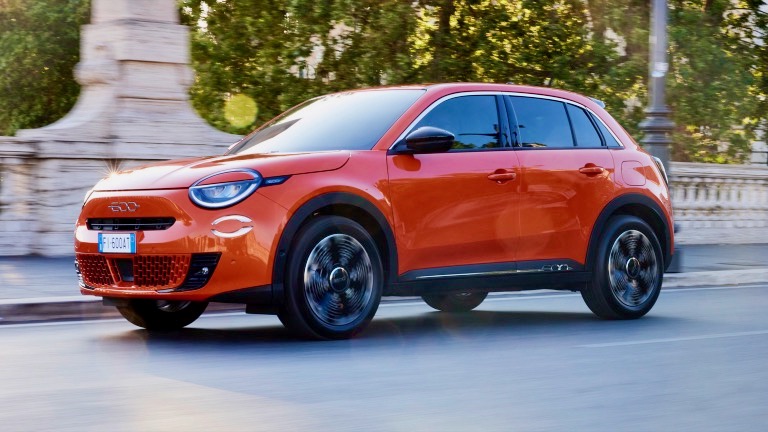
The 42kW battery is theoretically good for up to 199 miles and its 118hp takes is to 60mph in 9.0 seconds and onto a maximum of 93mph. That is agile for a city car but meant it had to be worked hard over the very hilly test route we undertook and it produced a lot of road noise. Best to avoid if you have a family unless it’s going to be an infrequent second or possibly third car.
Robin is the longest serving chairman of The Western Group. He's been vice chairman or chairman for over ten years and oversees the annual Western Group PR Driving Day each summer assisted by the group committee and supported by group members.
He contributes to a number of outlets in Wales and the UK, including the Driving Force editorial syndication agency feeding the biggest regional news and feature publishers in Britain.
Robin specialises in the Welsh automotive sector and motor related businesses with interests in Wales and publishes WheelsWithinWales.uk which covers news, features, trade and motor sport in Wales.
